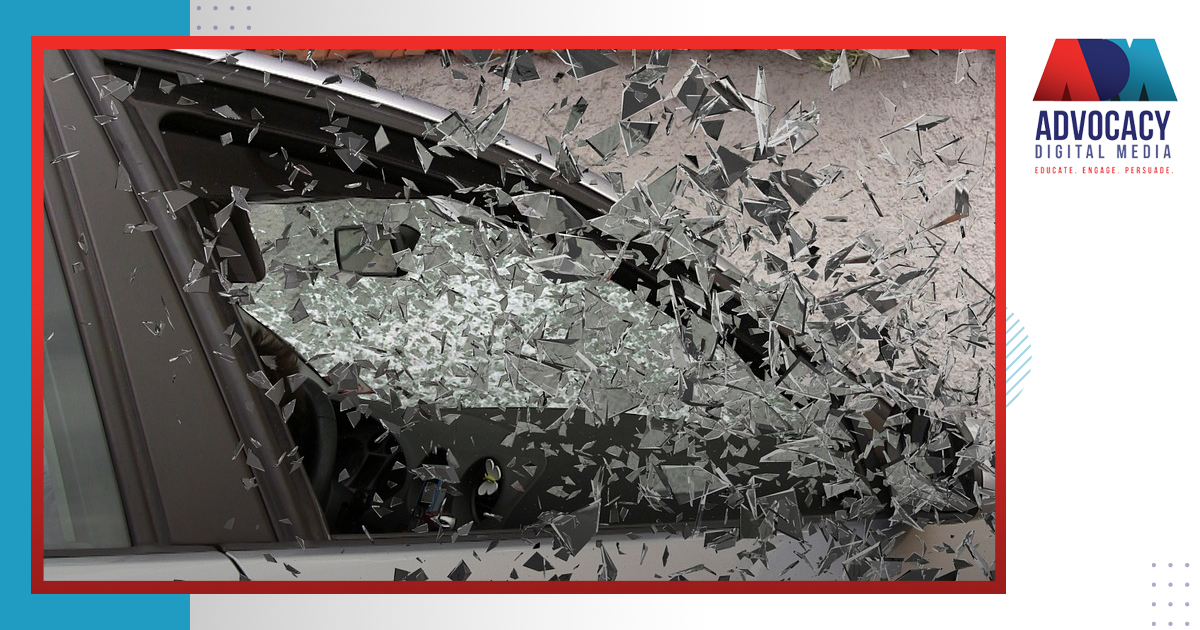Knowing When Your Case Needs Courtroom Visuals
How many times have you watched a trial presented by a fellow attorney and have seen jurors sit up in their seats and lean forward to see the demonstrative that counsel put up? This happens often, especially in long trials or ones where the material being presented is particularly complex.
But how can you tell when your case needs courtroom visuals? We’ll go over some things to consider when making such a determination.
Factors to Weigh When Determining if Interactive Trail Exhibits are Appropriate for Your Case
Some factors to consider if you’re wondering if courtroom visuals are best to present to jurors at trial include:
When Material Presented is Particularly Complex
You know the material that you’re planning to present in the case is hard to follow as there are multiple “moving parts” that explain why there was a particular outcome. In situations like these, having a visual representation of your account of how events transpired can be helpful.
Courtroom visuals, like animations, are particularly effective in cases like these as they allow you to present different events on the screen at different intervals. Thus, when explaining causation, a visual depiction of what happened can make it easier for jurors to easily understand how one mistake led to another by simply seeing a slowed-down progression of events.
Accommodating Different Focusing Limitations
In this ever-evolving technological era, most of us are used to viewing content on a screen instead of having to just hear it or read text on paper. Interactive trial exhibits like illustrations or animations can bring content to life, grabbing the attention of even those with fleeting attention spans.
Assessing What Type of Learning Style Jurors Have
While there are many individuals who consider themselves to be auditory learners, meaning they do well listening to and retaining material verbally presented to them, that’s not the case with everyone. Many individuals are visual learners, which means they better remember what’s presented in a visually memorable way.
A study previously published by the National Institutes of Health (NIH) outlined how 65% of our population is visual learners. You can certainly take that statistic and assume that the same percentage of your jury pool is the same. However, it can also be helpful to carefully watch your jurors at trial.
Do they seem puzzled when you’re presenting certain information at trial or when certain witnesses get on the stand? Do they seem to be more engaged when you do present visuals, whether photographs, documents, etc.?
If you notice these behaviors, then you may want to quickly source some courtroom visuals if you have time or at the very least remember to do well in advance of your next trial.
Substantiating Your Witness’ Testimony
Jurors often perceive events or theories that are documented as more credible than ones that are simply spoken. Thus, if you want to potentially enhance the perception your jury has about the witnesses and what they have to say, courtroom visuals may be one way to achieve that end goal.
Discounting Opposing Counsel’s Narrative of What Occurred
Generally, by the time a case goes to trial, you’ve already tried your hardest to settle the case outside of court. Concerns such as differences in understanding about where liability lies can lead to the case being tried in a courtroom.
If you’re aware of the perspective that opposing counsel is prepared to present in court, you may want to create visuals to accompany your expert witnesses’ testimony to show that they’re incorrect.
The one danger in doing this is that once admitted as evidence in the case, opposing counsel could consider using it along with their experts’ testimony to show that the narrative they’ve put forth is indeed plausible.
Getting a ‘One Up’ on the Defense
Imagine if opposing counsel has all these visuals they present at trial, and you do nothing but speak.
While there are certainly some lawyers who are effective in capturing jurors’ attention, your approach may not land with each one similarly.
You don’t want your case presentation’s non-inclusion of visuals to be the one factor that convinces jurors to believe the defense’s perspective. And, by the time you’re in the courtroom attending a pre-trial hearing or giving an opening statement and find out that the other side is using interactive trial exhibits in their case, it’s unlikely that you can get anything produced for you quickly enough.
Learning More About Courtroom Visuals and Their Appropriateness for Your Case
We understand that, sometimes, the decision to take a case to trial happens late in the game.
This is why you may still want to consider investing in demonstratives to include with your demand packet to insurers that can also be used at trial in any case. Then, you won’t run the risk of the case going to trial and not having any interactive exhibits that you can present.
Let’s discuss your case and the types of visuals we can produce to help substantiate eyewitness or expert witness testimony, show your theory of how your client’s personal injury incident occurred, and discuss anything else you feel is valuable to convey to jurors.
Meeting with our illustrators, animators, and other team members at Advocacy Digital Media is free,
Let’s discuss your needs and get ideas about demonstratives that can help strengthen your case!
READ NEXT







